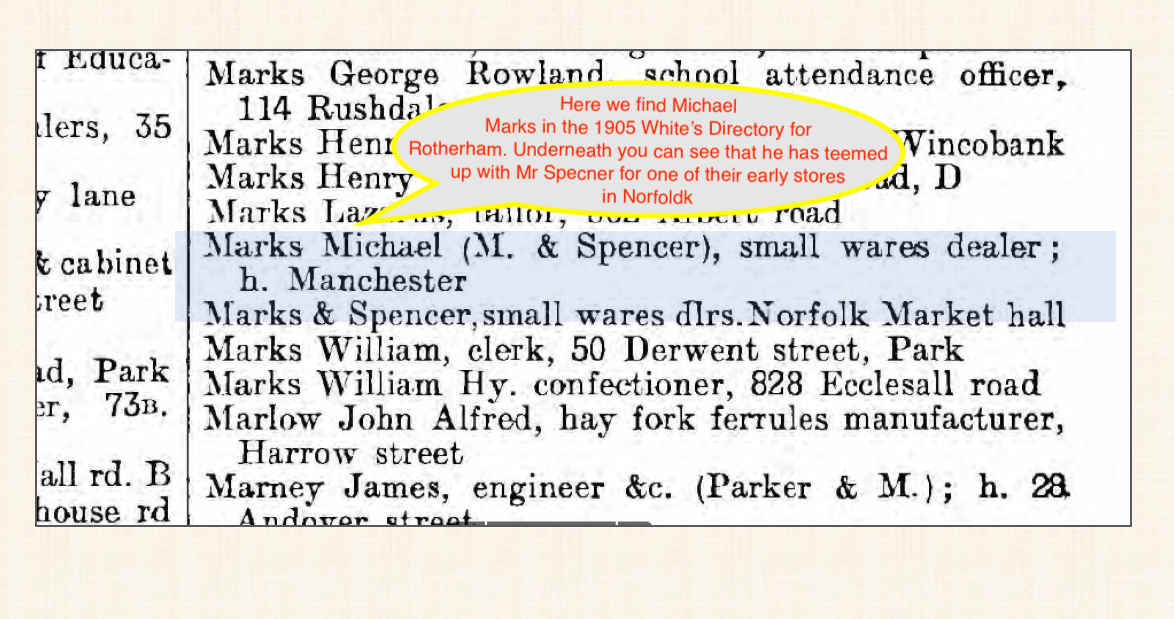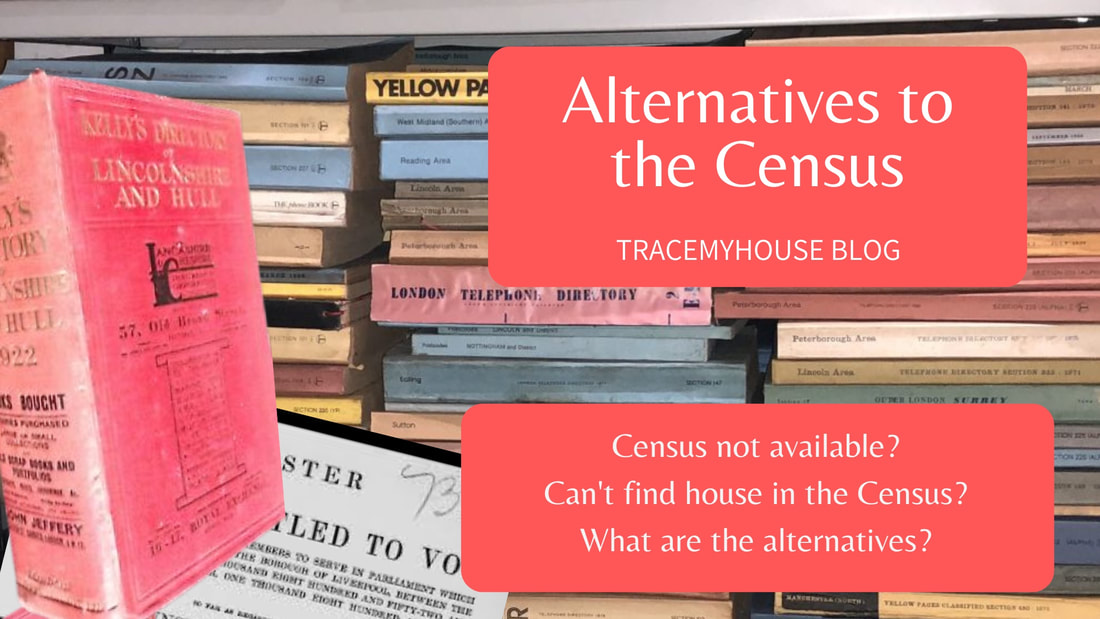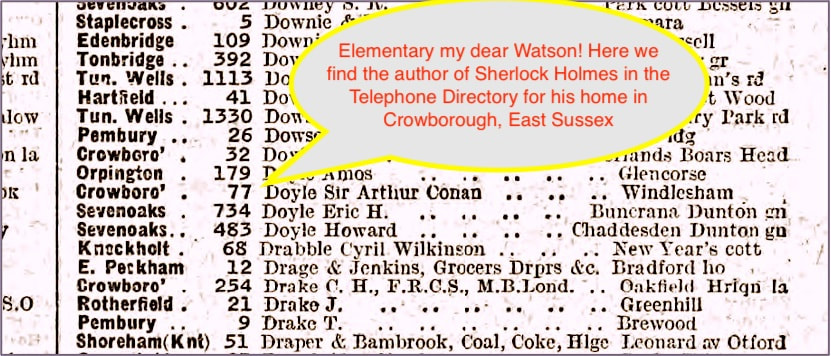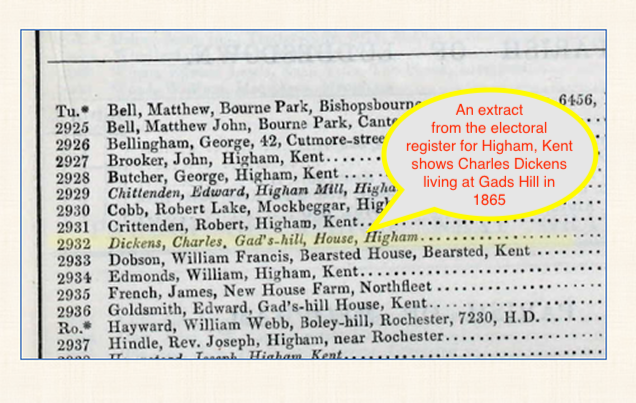House History Blog
|
For much of the 1800s and briefly into the 20th Century the census provides us with a valuable insight into life during Queen Victoria’s reign. However, that is only a snapshot taken every 10 years and much can happen in between. Whole townships can be assembled and our house residents and ancestors, contrary to popular belief, moved around a lot as we changed from a rural, agricultural country to an urban, industrialised one. For much of the 1800s and briefly into the 20th Century the census provides us with a valuable insight into life during Queen Victoria’s reign. However, that is only a snapshot taken every 10 years and much can happen in between. Whole townships can be assembled and our house residents and ancestors, contrary to popular belief, moved around a lot as we changed from a rural, agricultural country to an urban, industrialised one. To find out what happened in between the census and to track possible moves we need to turn to other records. Street directories, electoral rolls and phone books do that job. In fact, as we travel forward from the last census available to us in 1921 (with the exception of the 1939 register), these records will be vital tools in helping us track residents’ and ancestors’ movements.
 Directories were published by various companies but the Post Office, Kelly’s, Pigot’s and White’s were the most widely used and these can be found in libraries and record offices. In the early days of directories, they only provided details of commercial businesses and the leaders of the community. Eventually the directories became more comprehensive and householders were included, regardless of social status. Directories were published by various companies but the Post Office, Kelly’s, Pigot’s and White’s were the most widely used and these can be found in libraries and record offices. In the early days of directories, they only provided details of commercial businesses and the leaders of the community. Eventually the directories became more comprehensive and householders were included, regardless of social status. The level of information contained in local directories varies, but you should find sufficient details about a house to help you with your research. Directories typically contain street-by-street lists of houses and their principal occupants. However, do remember that house numbers as well as roads sometimes changed when new buildings or the layout changed, perhaps making way for a railway line or new major road. Often houses were renumbered when the postal system was introduced. Directories will provide you with a description of a town or village and may often be accompanied by maps. These all can help you to form a picture of the district around your house. You should also be able to discover more about the key services such as transport, churches, schools, government offices and shops that served the area as well as information on specific people, businessmen, traders, and shopkeepers. Where to find directories Your local library, family history centre or county and town record offices will have a selection of local directories. By far the best collection on line can be found at the University of Leicester’s Special Collection site. This collection provides access to scanned images and full-text of the trade directories from the 1760s until the 1910s for most of the UK. The same content can be accessed via Ancestry, which offers the ability to search by name, place, occupation or keyword, through their database UK, City and County Directories, 1766 – 1946. You will need an Ancestry subscription or you can access this via your local library. In Scotland try Scotland Post Office Directories. TELEPHONE BOOKSAs with directories, phone books can be helpful in pinpointing individuals in a particular place and time between census years, especially as they were published every one to two years. They were even more important for the years when the census was not available to the public. BT's historical phone books from 1880-1984 are available online. They have been scanned in collaboration with Ancestry.co.uk, or if you like, you can still see copies of the phone books from 1880 to the present in person at the BT Archives Of course, you have to remember that not everyone had a phone and so would not be in the directory. Also, agreement had to be met to have personal details published. Thus a number of people were “ex-directory”, which means they would not be listed. Phones became more and more popular, but even in the 1960s it was still considered a luxury item and most people used public telephone boxes. By 1970 only 35% of households owned a phone compared with 90% in 2019 Subscription site Ancestry has a collection of phone books published between 1880, (the year after the public telephone service was introduced to the UK) and 1984, from the historic phone book collection held by BT Archives. https://www.ancestry.co.uk/search/collections/bt/ You may find these in your local library, family history centre or record office. It's worth checking and you may be able to access the Ancestry collection for free from there too. ELECTORAL ROLLS OR REGISTERS |
Trace my HouseOccasional blog with hints and tips to help you trace the history of your house and its occupants.and a general review of the world of house historians Archives
September 2022
CategoriesRecent Posts |
The HouseLand Registry
Maps Manorial Records Other Records Postcards & Photos Enclosures Books & House histories Church & Parish Records |
The People |
|
OUR ADVERTISING POLICY - This website receives no funding or any other form of award and is run voluntarily to provide information to those who want to trace the history of their house. We would like to say thank you to all those who have or will in future click on the advertisements they find on this page. We know they can be a nuisance or distraction and we try to make sure that they are relevant to the information we provide and our readers. However the modest income we receive from them keep the web site going. So thank you.



 RSS Feed
RSS Feed